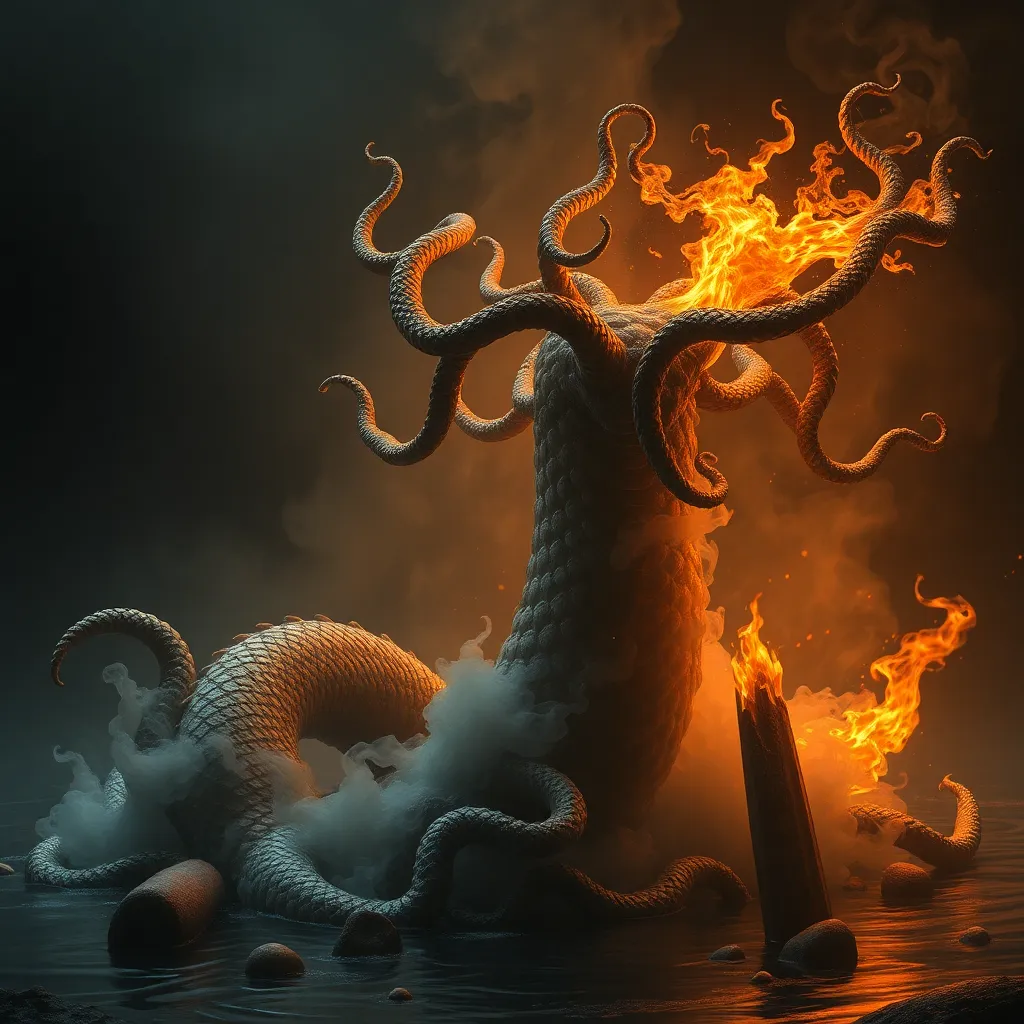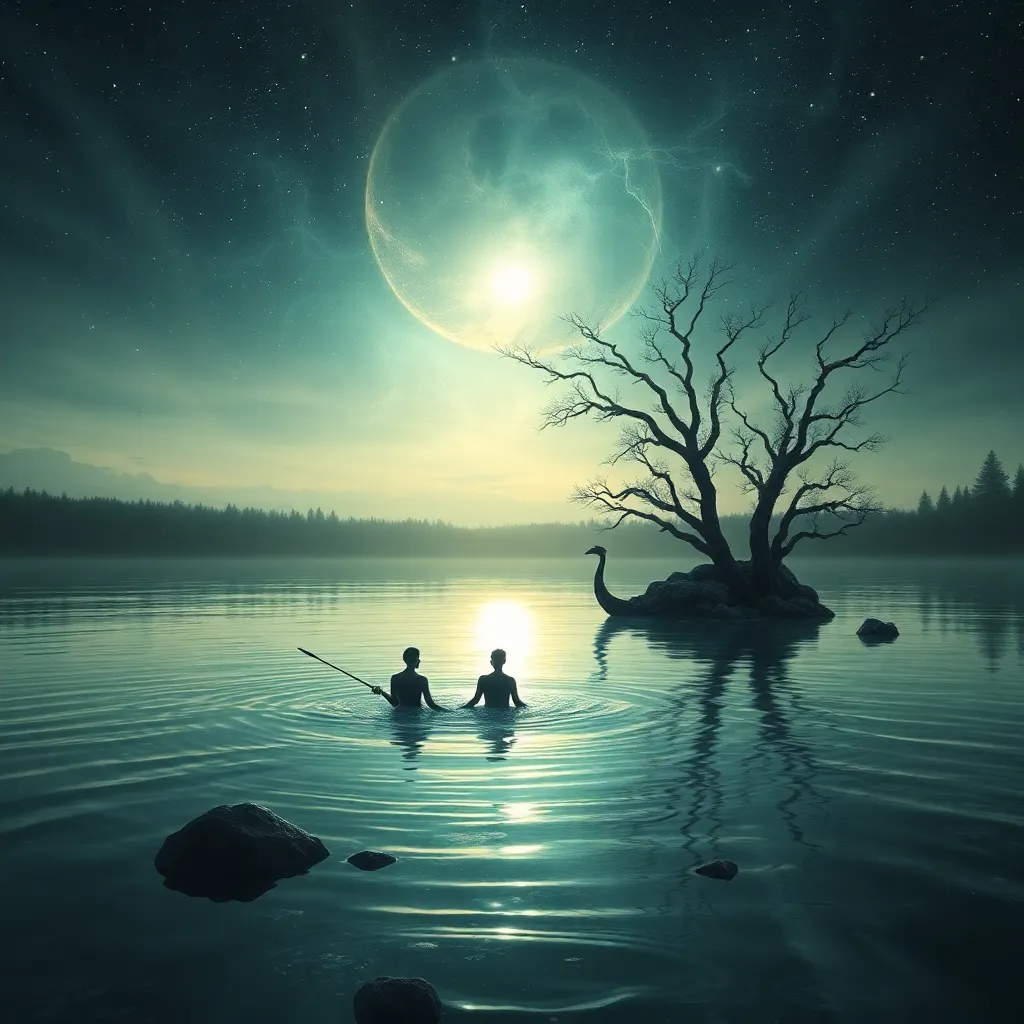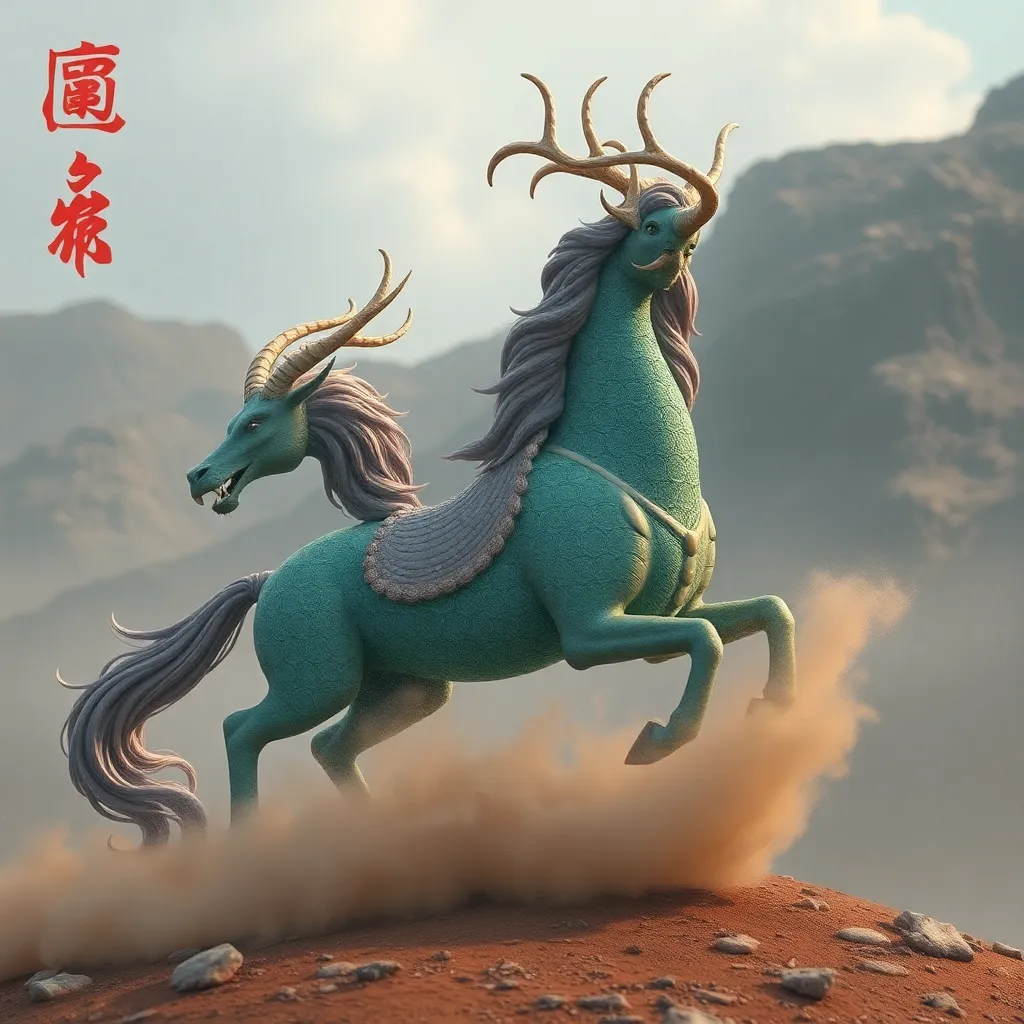The Most Fascinating Myths of Ancient Deities and Their Realms
I. Introduction
Myths have played a crucial role in shaping the cultural landscapes of ancient civilizations. They serve as a means to explain the inexplicable, providing narratives that define the relationship between humanity and the divine. Myths often encompass tales of gods and goddesses, their exploits, and the realms they govern. These stories not only entertain but also convey moral lessons, cultural values, and societal norms.
This article aims to explore the most captivating myths surrounding ancient deities and their associated realms, delving into their significance and the cultural implications they held for the peoples who revered them.
II. The Pantheon of Ancient Greece: Gods of Olympus
The ancient Greek pantheon is rich with powerful deities, each embodying different aspects of life and the natural world. Key figures include:
- Zeus – King of the gods, ruler of Mount Olympus, associated with thunder and lightning.
- Hera – Queen of the gods, protector of marriage and family.
- Poseidon – God of the sea, earthquakes, and horses.
- Athena – Goddess of wisdom, warfare, and crafts.
One of the most significant myths is the Titanomachy, the epic battle between the Olympian gods and the Titans, their predecessors. This conflict not only established the supremacy of the Olympians but also defined their roles in the cosmos.
Mount Olympus, the home of the gods, represents a divine realm where these deities reside, overseeing humanity and intervening in mortal affairs. It symbolizes the idealized vision of divine authority and power in Greek culture.
III. The Enigmatic Pantheon of Ancient Egypt
The ancient Egyptians worshipped a complex array of deities, each with distinct roles in the cosmos. Major deities included:
- Ra – The sun god, central to Egyptian cosmology.
- Osiris – God of the afterlife, resurrection, and fertility.
- Isis – Goddess of magic, motherhood, and fertility.
- Anubis – God of mummification and the afterlife.
The myth of Osiris centers on his death and resurrection, symbolizing the eternal cycle of life and death. Osiris’s story reflects the Egyptians’ beliefs about the afterlife and the importance of maintaining order (Ma’at) in life.
The Duat, or the Egyptian underworld, plays a critical role in the afterlife journey. It is a realm where souls are judged, and the concept of the afterlife was deeply rooted in Egyptian culture, influencing burial practices and the construction of monumental tombs.
IV. The Norse Cosmos: Gods of Asgard and Beyond
Norse mythology features a pantheon of deities known for their complex relationships and epic tales. Key figures include:
- Odin – The Allfather, god of wisdom, war, and poetry.
- Thor – God of thunder, protector of mankind.
- Freyja – Goddess of love, beauty, and fertility.
- Loki – A trickster god, known for his cunning and mischief.
The myth of Ragnarok foretells the end of the world, where gods and monsters clash in a cataclysmic battle, leading to destruction and eventual rebirth. This myth encapsulates themes of fate and the cyclical nature of existence.
The Norse cosmos is structured into several realms, including Asgard (home of the gods), Midgard (the world of humans), and others, such as Vanaheim and Hel. Each realm has its own significance and reflects the interconnectedness of all beings in Norse belief.
V. The Rich Tapestry of Hindu Deities
Hindu mythology is characterized by a diverse array of deities, each representing different aspects of the universe. Major deities include:
- Brahma – The creator god.
- Vishnu – The preserver, who incarnates in various forms (avatars).
- Shiva – The destroyer and transformer.
- Devi – The goddess representing the feminine divine.
The myth of the churning of the ocean, or Samudra Manthan, illustrates the quest for immortality and the emergence of various divine treasures from the ocean. This myth signifies cooperation and the balance of creation and destruction in the universe.
The Hindu belief system encompasses various realms, such as Svarga (heaven), Naraka (hell), and the material world (Prithvi). Each realm serves a unique purpose in the cycle of life, death, and rebirth (samsara).
VI. The Intriguing Myths of Mesopotamian Deities
Mesopotamian mythology features a pantheon of gods crucial to the understanding of this ancient civilization. Key deities include:
- Anu – The god of the heavens.
- Enlil – The god of air and storms, often considered the king of the gods.
- Ishtar – Goddess of love, war, and fertility.
- Marduk – The chief god of Babylon, associated with creation and order.
The Epic of Gilgamesh is a foundational myth that explores themes of mortality, the nature of the divine, and the quest for eternal life. It illustrates the relationship between humans and gods, emphasizing the limits of human power.
The Mesopotamian belief system places great importance on the heavens and the underworld, with each realm representing different aspects of existence and divine order.
VII. The Spirits of the Indigenous Cultures: Deities of Nature
Indigenous cultures around the world often revere deities connected to nature and the elements. Notable examples include:
- Coyote – A trickster figure in Native American mythology, associated with creation and change.
- Rainbow Serpent – A significant deity in Aboriginal Australian culture, representing fertility and the life-giving properties of water.
Myths surrounding creation often emphasize the interconnectedness of all living beings and the importance of respecting nature. These stories serve as a reminder of humanity’s role within the natural world, highlighting the sacredness of the earth and its resources.
VIII. The Deities of the African Diaspora: Myths and Realms
The deities of the African diaspora reflect a rich blend of African traditional religions and the influences of colonialism and the African diaspora itself. Each culture has unique deities that embody ancestral wisdom and the spirits of nature. Notable figures include:
- Yemaya – Goddess of the sea in Yoruba mythology, often associated with motherhood and fertility.
- Shango – God of thunder and lightning, representing power and masculinity.
These myths often revolve around themes of survival, resilience, and the interplay between the physical and spiritual realms. They serve as a foundation for cultural identity, connecting individuals to their heritage and the divine.




